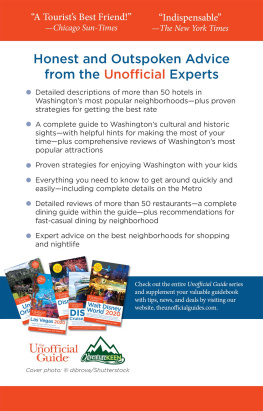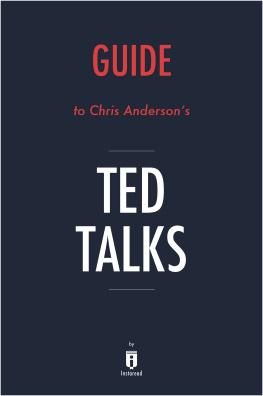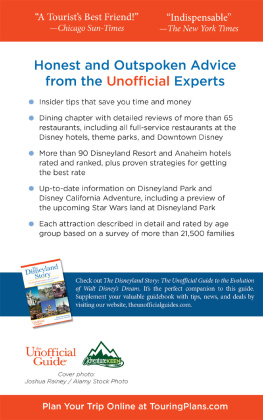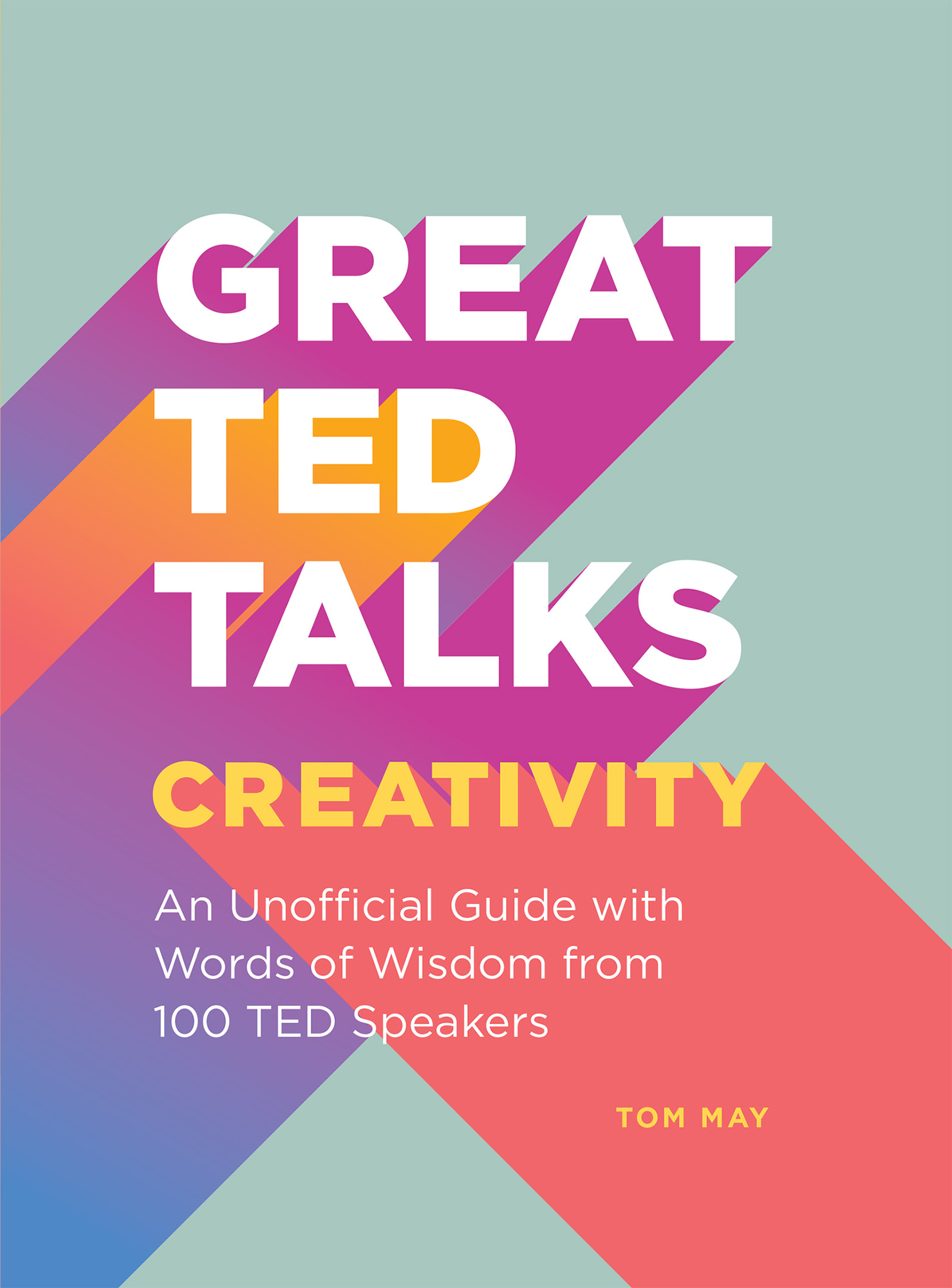Contents
Guide

Portable Press
An imprint of Printers Row Publishing Group
10350 Barnes Canyon Road, Suite 100, San Diego, CA 92121
Copyright 2020 Quarto Publishing plc
All rights reserved. No part of this publication may be reproduced, distributed, or transmitted in any form or by any means, including photocopying, recording, or other electronic or mechanical methods, without the prior written permission of the publisher, except in the case of brief quotations embodied in critical reviews and certain other noncommercial uses permitted by copyright law.
Printers Row Publishing Group is a division of Readerlink Distribution Services, LLC.
Portable Press is a registered trademark of Readerlink Distribution Services, LLC.
Correspondence regarding the content of this book should be sent to Portable Press, Editorial Department, at the above address. Author and illustration inquiries should be sent to Quarto Publishing Plc, 6 Blundell St, London N7 9BH, www.quartoknows.com.
Portable Press
Publisher: Peter Norton Associate Publisher: Ana Parker
Editor: Dan Mansfield
Senior Product Manager: Kathryn C. Dalby
Produced by Quarto Publishing plc
Publisher: Mark Searle
Creative Director: James Evans
Art Director: Katherine Radcliffe
Commissioning Editor: Sorrel Wood
Managing Editors: Isheeta Mustafi and Jacqui Sayers
In-house Editor: Abbie Sharman
Editor: David Price-Goodfellow Designer: Tony Seddon
eBook ISBN: 978-1-64517-258-1
eBook Edition: June 2020
Disclaimer: TED TALKS is a trademark of Ted Conferences LLC and is used herein solely for identification purposes, to identify the subject matter of this book. This book is a publication of Quarto PLC and it has not been prepared, approved, endorsed or licensed by Ted Talks LLC or any other person or entity.
INTRODUCTION

If youve ever watched a good TED talk, youll know that its a surefire way to feel invigorated, energized, and inspired. In fact, you probably keep telling yourself you should watch more.
In truth, however, its not practical for most of us to sit down and plow through the thousands of hours of TED talks that are available to watch free online. Thats where this book comes in. It aims to serve as a taster menu, introducing you to the best TED talks for creatives, as well as sharing some of the speakers keenest insights in nontechnical words that everyone can understand.
Over the following pages, the very best advice from TED speakersboth in the creative industries and beyondhas been distilled into bite-sized chunks that you can start following today. The aim is to help boost your creativity, give you fresh ideas, and progress your career, without you having to watch each talk from start to finish. That said, if a particular piece of advice really resonates with you, you may want to do just that, and so we explain on the opposite page how to watch the talks online for free.
Some of the talks featured in this book focus on specific professions, such as painting, graphic design, or poetry. But most of them cover much broader themes: tips and ideas that can be applied to any creative endeavor, whether that be art, sculpture, illustration, design, animation, writing, music, filmmaking, actingor indeed any task where imagination, creativity, and thinking outside the box are crucial.
In short, this book is packed with life lessons and practical tips, allowing you to take your skills and creativity to the next level whatever your chosen discipline.
How to Use This Book
This book of tips is designed to be quick and easy to peruse. You can read it from front to back or back to front, or dip in and out whenever you need inspirationits completely up to you. And if you want to refer back to a tip later but cant remember where it is, thats no problem. At the back of the book are two indexesone for topics, and one for the speakers quotedso its always easy to find what youre looking for.
Crucially, you dont need to have seen a single TED talk to enjoy this book. But maybe youd like to deepen your learning and watch one of the talks now? Again, thats no problem, as at the time of publication, all of the talks are available to watch free online.
You will find the links to the talks included in this book as part of the speaker index. Or you can simply go to ), youd type Creativity and Play.
Occasionally, though, a talk might not be there. During the production of this book, a few of them hadnt yet made it onto the TED website. But dont worry: theyre all available to view on YouTube too. In other words, if a talk doesnt come up when you type it into TED.com, go to YouTube.com and search there instead. In this case, be sure to put the title in quote marks ( ) so that YouTube knows exactly what its looking for (there are a few billion other videos on the site, so it pays to be specific).
Alternatively, you might prefer to type the title into Google (again, surrounded by quote marks). In that case, the talk should appear in Googles listings under the Videos heading.
Whether you choose simply to read the book or use it as a stepping-stone to the wider universe of watching TED talks, its time to open your mind and be inspired creatively. Prepare to get a whole new perspective on your hobby or profession and where it can take you!
BE OPEN to new ways of thinking
The first step to becoming more creative is to open yourself up to new ways of thinking and perceiving the world.
01/100 THINK LIKE A CHILD
Stop being so adult and let your imagination fly.

Want to be more creative? Then you need to think like a child. Tim Brown, the chair of the design firm IDEO, offers a simple example of how to do this in practice.
In his talk Creativity and Play, Brown asks the members of the audience to take a piece of paper and draw the person sitting next to them in thirty seconds flat. Cue lots of laughter and embarrassment about how bad the sketches are. I think Im hearing a few sorrys! Brown notes. Yup, thats exactly what happens every time you do this with adults.
And here lies the rub. If you try the same exercise with kids, they have no embarrassment at all, Brown points out. They just quite happily show their masterpiece to whoever wants to look at it. But as they learn to become adults, they become much more sensitive to the opinions of others, and they lose that sense of freedom.
In short, to come up with inventive and creative ideas, you need to free your mind from the judgment of othersjust like kids do. And one way to do that in practice, says Brown, is by turning creative tasks into a form of organized play.
Taking the sketching task as an example, Brown says, Imagine if you did the same task with friends while you were drinking in a pub. But everybody agreed to play a game where the worst sketch artist bought the next round of drinks. That framework of rules would have turned an embarrassing, difficult situation into a fun game. As a result, wed all feel perfectly secure.














